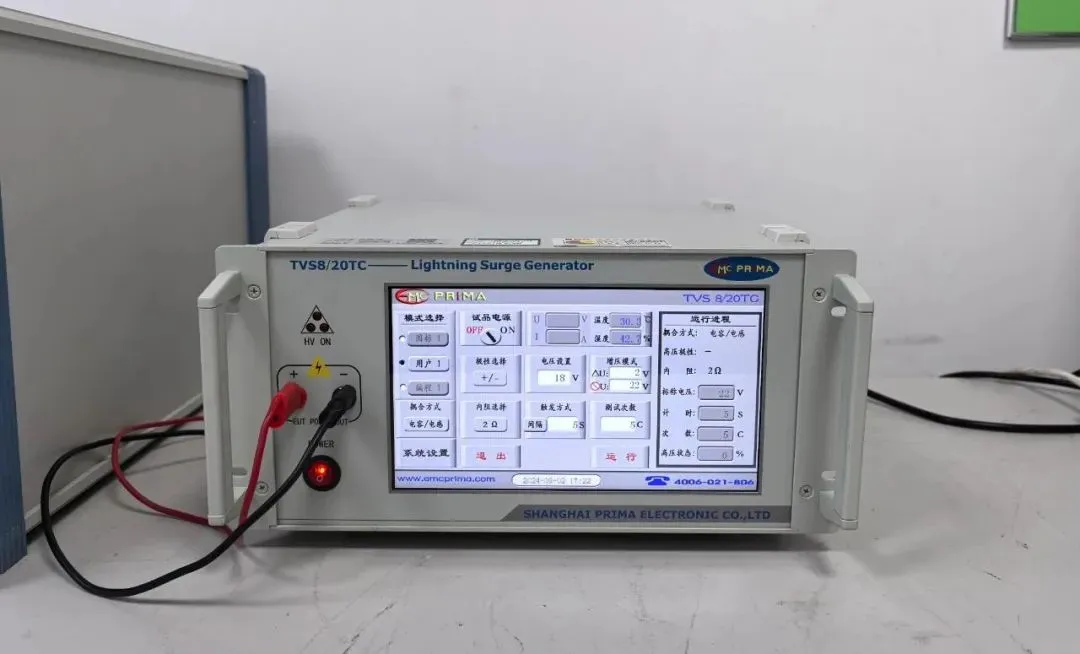
Product Export to EU REACH Certification
reach regulation Requirements
The REACH regULation ((EC) No 1907/2006) is the European Union's legislation on the registration, evaluation, authorization, and restriction of cheMICals. It officially came into effect on June 1, 2007, and is the most complex chemical regulation issued by the EU to date. Its purpose is to control chemicals and products containing chemicals.
A major focus of REACH is the Candidate List of Substances of Very High Concern (SVHC), which has been updated multiple times since the regulation came into effect.

According to REACH Article 7(2):
If a substance of very high concern (SVHC) in an article meets both of the following conditions, the manufacturer or importer of the article must notify the European Chemicals Agency (ECHA):
1. The total amount of SVHC in the article exceeds 1 ton per year per manufacturer or importer.
2. The SVHC concentration in the article exceeds 0.1% by weight.
Introduction to reach certification
What is REACH Certification?
REACH stands for "Registration, Evaluation, Authorization, and Restriction of Chemicals." It is an EU regulation that manages all chemicals entering the EU market proactively. Proposed in February 2001 in the EU White Paper on Chemicals, it was officially implemented in the first quarter of 2007 and is enforced across all member states.
REACH certification is an EU chemical safety compliance requirement applicable to all EU countries. Under Regulation 1907/2006/EC, if any substance exceeds 0.1% concentration and the annual import volume exceeds 1 ton, EU manufacturers or importers must notify the ECHA.
reach testing Requirements
REACH primarily ensures that daily-use products do not contain harmful chemicals. All products produced in or imported to the EU, particularly textiles, must undergo registration, testing, and approval for harmful chemical content. Products exceeding the regulated limits cannot be sold in the EU market.
Scope of REACH Testing
REACH covers approximately 30,000 chemical substances, nearly one-third of the 100,000 chemicals existing in the EU market. Testing is implemented progressively over 3, 6, or 11 years, gradually increasing the number of substances tested. Prior to 2013, priority was given to hazardous or high-volume imported substances. In the first three years, testing focused on substances present in quantities of 1 ton per year, including carcinogens, mutagens, and reproductive toxins, which must be registeRED and tested first.
Purpose of REACH Testing
- Protect human health and the environment.
- Maintain and enhance the competitiveness of the EU chemical industry.
- Increase transparency of chemical information.
- Reduce vertebrate animal testing.
- Align with the EU's international obligations under the WTO framework.
- Establish a unified chemical management system across the EU, enabling enterprises to follow consistent principles when producing new chemicals and products.
Key REACH Requirements
1. Registration:All chemicals produced or imported over 1 ton/year must be registered; those exceeding 10 tons/year require a chemical safety report.
2. Evaluation:Includes dossier evaluation (checking completeness and consistency of submitted registration files) and substance evaluation (assessing risks to human health and the environment).
3. Authorization:Controls the production and import of substances of very high concern, including CMRs (carcinogenic, mutagenic, or toxic to reproduction), PBTs (persistent, bioaccumulative, and toxic), and vPvBs (very persistent, very bioaccumulative).
4. Restriction:Limits the manufacture, placing on the market, or use of substances posing uncontrolled risks to human health or the environment within the EU.
REACH Certification Application Process
How to Apply for REACH Certification
Step 1:Assess certification cost and time
Step 2:Complete the application form and provide samples
Step 3:Return contract and proof of payment
Step 4:Conduct testing according to REACH requirements
Step 5:Receive reach test report upon passing
Duration of REACH Certification
For common products, if samples and information are provided, REACH certification can typically be completed in about 7 days.
Validity of REACH Certification
There is no fixed validity period. If the testing standards remain unchanged, the original reach certificate remains valid indefinitely.
Required Materials for REACH Certification
1. 2–3 product samples
2. Testing application form
3. Product user manual
4. Material composition list
Email:hello@jjrlab.com
Write your message here and send it to us
 New METI Registration Regulations in Japan
New METI Registration Regulations in Japan
 Attention for Amazon Japan Sellers: New PSE Regula
Attention for Amazon Japan Sellers: New PSE Regula
 Compliance with Japanese Representative & METI
Compliance with Japanese Representative & METI
 ZigBee-LoRa-Z-Wave Product compliance testing
ZigBee-LoRa-Z-Wave Product compliance testing
 Compliance Testing for FM/AM/DAB/DMB Broadcast Rec
Compliance Testing for FM/AM/DAB/DMB Broadcast Rec
 NFC/RFID Product Compliance Testing
NFC/RFID Product Compliance Testing
 IEC 62368 Safety Standards Test Items and Requirem
IEC 62368 Safety Standards Test Items and Requirem
 How to Obtain EU EN 62368 Compliance Certification
How to Obtain EU EN 62368 Compliance Certification
Leave us a message
24-hour online customer service at any time to respond, so that you worry!




